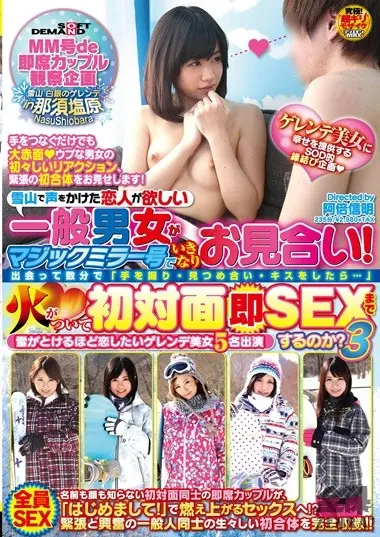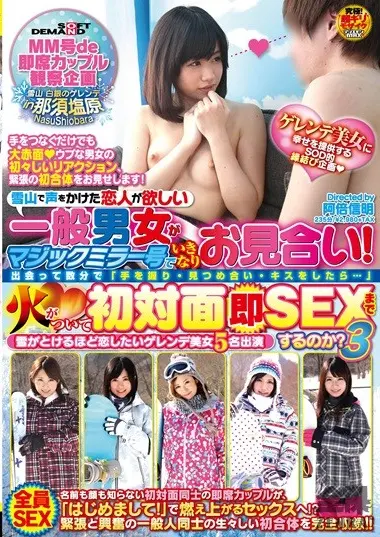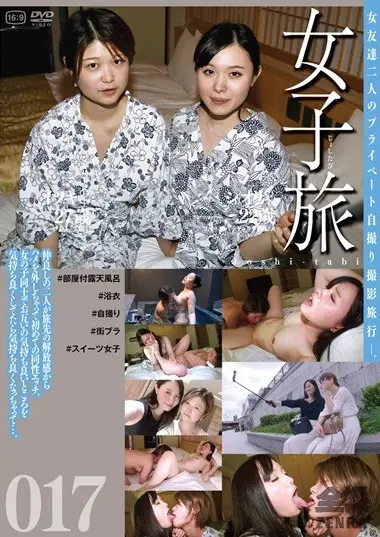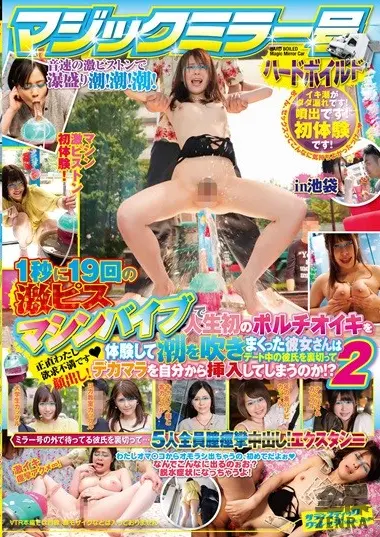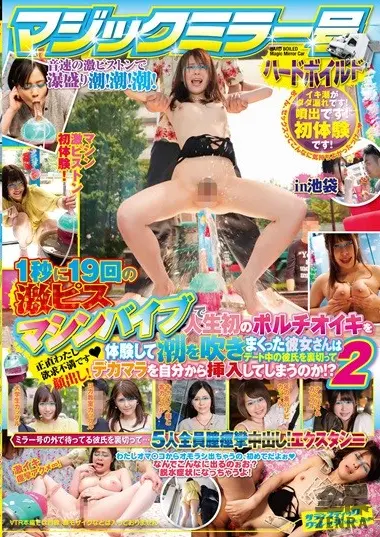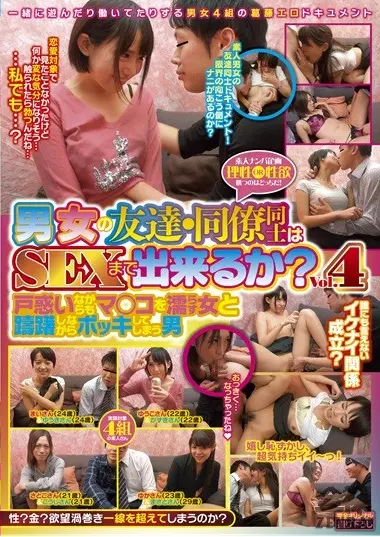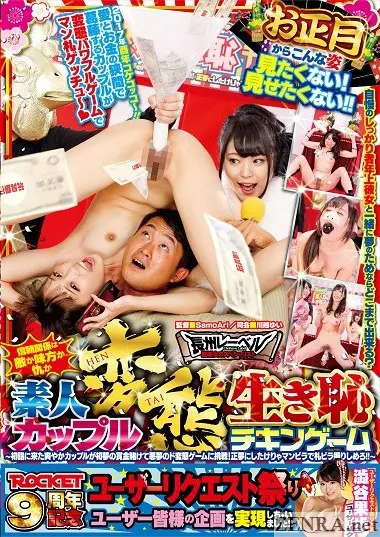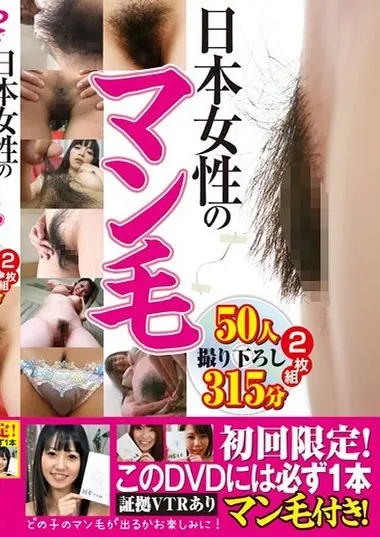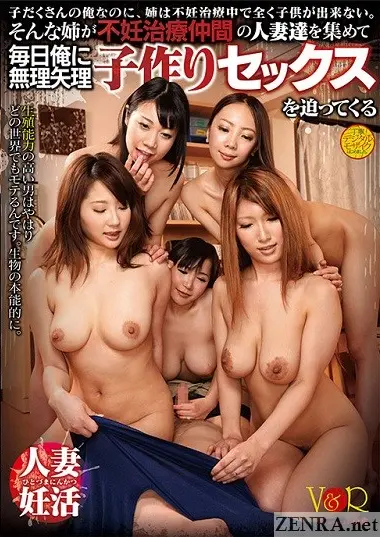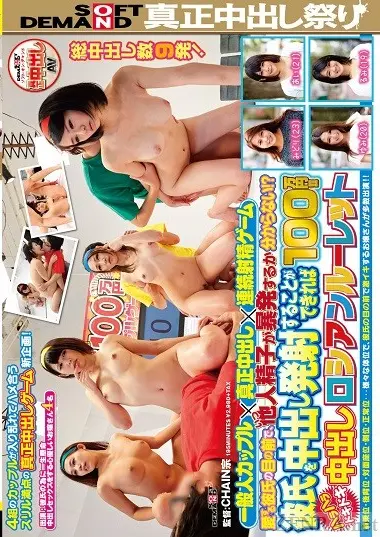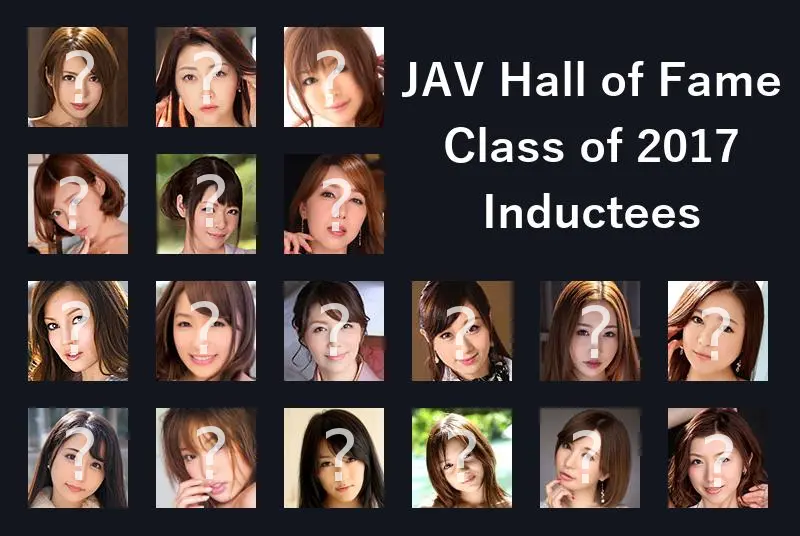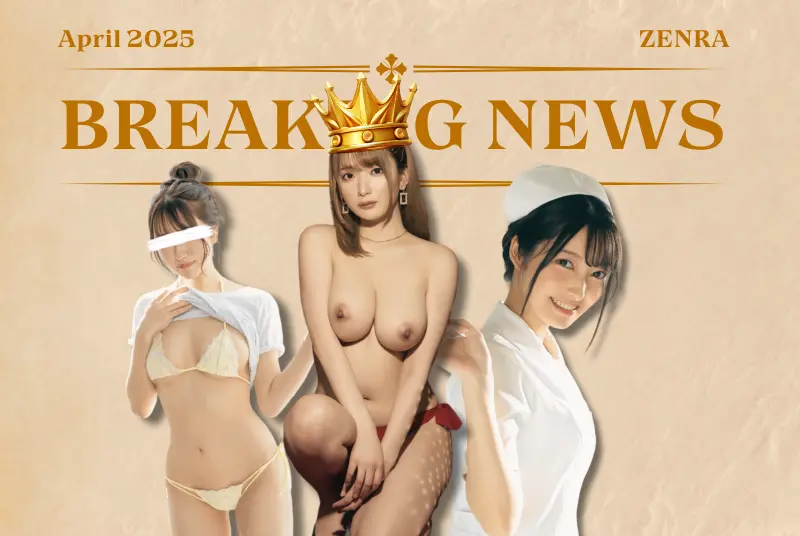Revealed: the secret history of the origins of JAV, Part One

(Header image from "Documentary: The Masturbation Part 1 A Housewife Kyoko Saito (25 Years Old)")
The history of JAV spans over 30 years and is becoming more and more accepted in Japanese society, leading to more and more women becoming interested in becoming JAV actresses. However, there have been many problems along the way. In this article, we'll explore the hidden story behind the origins of Japanese adult videos.
The first JAV ever

(From "Pornmag Girl: Secret Peep Show")
It is said that the two first JAVs ever released in Japan were "Pornmag Girl: Secret Peep Show" and "Office Lady Pussy Report: Mature Secret Garden," published in May 1981 by Nihon Video Eizo. These works had a prepared script and shots cut together with a conventional filming style. At the time, the deciding factor between whether work was a porn film or a porn video was the method of shooting, aka whether it had been shot on film or shot with a camcorder.
The trigger for the explosion of the "JAV boom" came the year after these two works, with the release of the "Masturbation Documentary" series directed by Tadashi Yoyogi in August 1982. This work was directed, recorded, and edited in a different style than the first JAVs mentioned above. As the title suggests, it was directed and shot like a documentary. This was certainly different from the porn movies that had come before it, which added to its charm. Pornography must have been influenced by typical videography to take on the documentary style, but why did this happen?
The development of technology
In 1975 Sony developed the Betamax, and in 1976 Victor Company of Japan Ltd (also known as JVC) developed VHS. Thanks to that, video players became a staple in the average household.
The downsizing of both software and hardware into a size that could be easily be incorporated into the home spurred on its popularity. Matsushita Electric Industral Co. (now known as Panasonic) adopting the use of VHS also played a large role, as it was a low-price manufacturer occupying a huge part of the market.
Compared to Panasonic, Sony and JVC had the strong intention of developing high-performing machines, and so their video players remained high-end throughout their development and were difficult to make popular to the average household. As a result, video systems competed for both the highest performance and biggest price reduction in both the VHS and Betamax formats, and this battle prepared Japan's videotape recorder industry to expand across the globe.
In 1981, the percentage of average households with a video cassette recorder reached 10%, signaling a slow but steady expansion of the market.
The only successful genre of movies sold in the '70s was porn, and so many producers set out to produce porn, seeing as it was a sure hit on VHS and Betamax. It's quite surprising to see that there are around 90 video-making companies featured in the 1983 edition of the adult video catalog.
In the beginning, porn videos were porn movies shot on film that had been converted to video. After that, sales of porn videos kept on increasing, and when those converted movies couldn't meet the growing demand, new porn had to be shot. At the time, video cameras and recorders used professionally and in broadcasting had evolved drastically, and this technology became used in filming porn, too.
In the latter half of the '70s, a revolutionary change occurred in the broadcasting world, where ENG (electronic news-gathering) cameras and recorders came into regular use in news broadcasting. ENG meant that news channels could shoot the news story outside the studio, using 16mm film or a video camera at the actual scene of the event.
At the start of the '70s it was common to shoot the news with 16mm film, but in the US, change began with video cameras and small-scale videotape recorders. ENG systems greatly reduced the necessary processing time compared to shooting on film, and the Japanese broadcasting industry responded to this discovery immediately. Equipment manufacturers also set about developing small and lightweight products that supported ENG technology.
It is said ENG was fully brought into broadcasting in 1975, when it was used to relay broadcasts of the Okinawan Expo '75 and the Emperor's visit to the US. It was such a success that it became popularly used in general Japanese TV news broadcasting.



(From "Documentary New The Masturbation Part 8 Nurse Reiko Kobayashi")
At the same time, the development of cameras and videotape recorders was continuing to improve, making them more lightweight with higher image quality and longer battery life. In 1979, a shoulder-mount camera that weighed approx. 20kg was introduced, which allowed users to film outside at the same level of quality as a studio camera. By the beginning of the '80s, it was no longer par for the course that shooting was to always occur in a studio.
Thanks to this new technology, outside events and incidents could be broadcasted immediately from the scene. But not only that; from then on other kinds of broadcasts such as TV series and dramas could be shot in any old street or building, since filming didn't need to be done in a big studio.
When magnetic tape became available for mass production, it became more affordable than film. This was the clincher for shooting on video becoming more popular than shooting on film. Through this course of events, porn also became widely shot on video rather than film.
TV series had been shot on film and were called TV movies before then. However, when video reached the same level of efficiency as film and had an even better image quality that was more aimed towards television, TV series continued to be shot on video.
Porn became largely shot on video at the same time as TV series, with the first JAV ever shot on video by director Nobuaki Shirai from the Nikkatsu Roman Porno series. Shooting on video meant that the shooting location could become more compact than a large studio.
Translated from the original article HERE
Comments
Thanks for the comments. I felt that The Naked Director dramatized some of what went in Director Muranishi's life, but it got the broad strokes of what the industry was at the time down well. Ethics like Neva, however, actually began in the 70's.
By Fried Chikan @ February 25th, 2022
By Syndrome @ September 29th, 2023
By Fried Chikan @ April 17th, 2025




